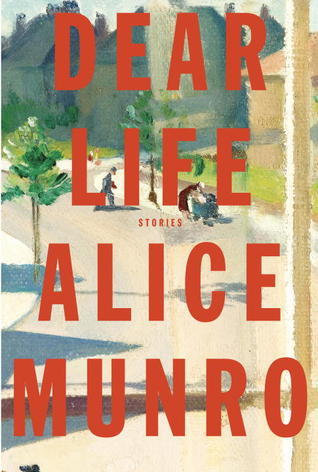
A new collection of stories from Alice Munro is always an occasion for celebration. Her wry, conversational tales give us a slice of life, the life of someone previously unimagined by us but immediately welcome. Her women, men, children and teens mostly live in small towns or other semi-isolated places. Even when they venture into the city, as Ray does in “Leaving Maverley” to get care for his seriously ill wife, they remain within themselves.
I remember working on a dairy farm one year, when my friend’s father died and she had to leave college in our last semester to run the farm. When my classes were done, I went to join her, partly to help out and partly to learn about this way of life so different from my life in the city. What I discovered was the reason she sometimes went quiet, withdrawing into an impenetrable inner space. Once I learned to drive the tractor and use the milking machines, I spent hours in my own head, gazing out over the wide rolling fields or moving cows in and out of the stalls. My thoughts slowed to the pace of the rumbling tractor, and I found I could effortlessly turn off the chatter that used to interrupt my attempts at meditation. I learned to move through emptiness with the cool confidence born of habit.
Munro challenges her characters’ self-sufficiency with forays into emotional connections. In “To Reach Japan” Greta hires a sitter for her young daughter and attends a cocktail party for writers to meet an editor visiting Vancouver. She is uncertain how to talk to the strangers at the party, so indulges in a couple of unexpectedly strong drinks. Quickly finding herself too tipsy to do more than sit on the floor, she is rescued and driven home by a writer in town from Toronto. Afterwards, she does not know what to make of this experience. The plot continues to twist in its quiet way and delivers an unexpected ending. In “Amundsen” Vivien Hyde goes to work as a teacher in a sanatarium far out in the Canadian woods, where she begins to develop relationships with a young girl and the director. Both relationships stutter along, jumping about, keeping Vivien and us wondering how they will turn out. Again and again in these stories, Munro looks at that first moment of contact and what intimacy may or may not evolve as a result.
The real bonus in this collection, which I received as an advance review copy from the publisher, are the last four pieces. Munro says in a note that they are “autobiographical in feeling, though not, entirely so in fact.” Yet they form a consistent picture of a girl growing up on a farm in rural Ontario during the 1930s and 40s. These are a child’s perceptions filtered through an adult mind. At first they seem haphazardly thrown together, and the author denies employing fiction’s structural tricks, saying of a man mentioned once that “he does not have any further part in what I’m writing now, in spite of his troll’s name, because this is not a story, only life.” Yet they do function as stories, each building to a quiet revelation that the author—a trickster under her quiet demeanor—might turn around and deny in the last paragraph.
Like the best fiction, Munro’s stories take us into the heads of the people our lives brush up against and help us better understand and appreciate them. What is your favorite Munro story?